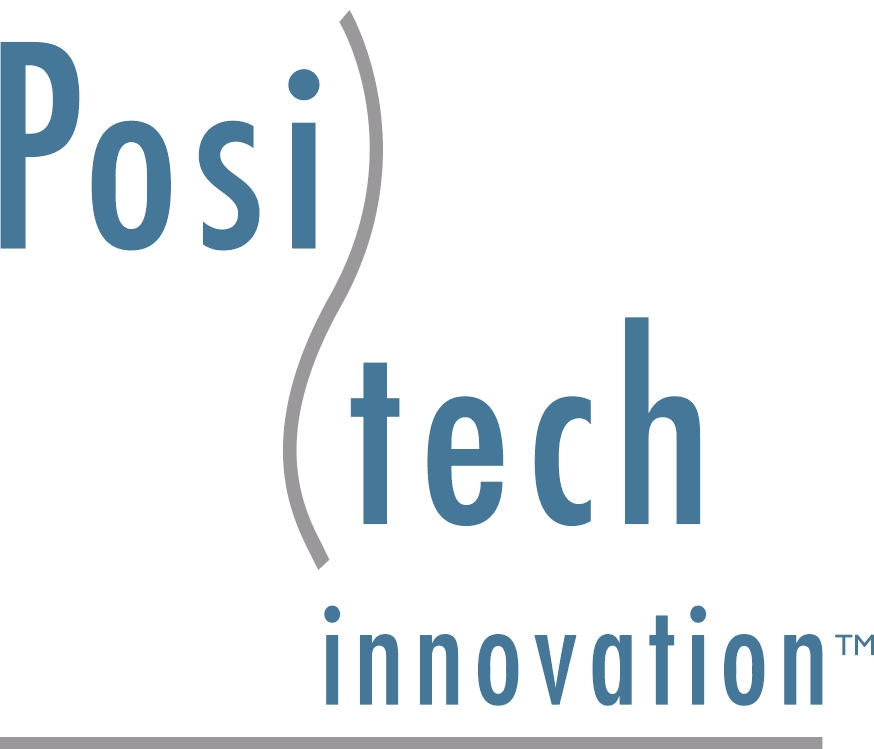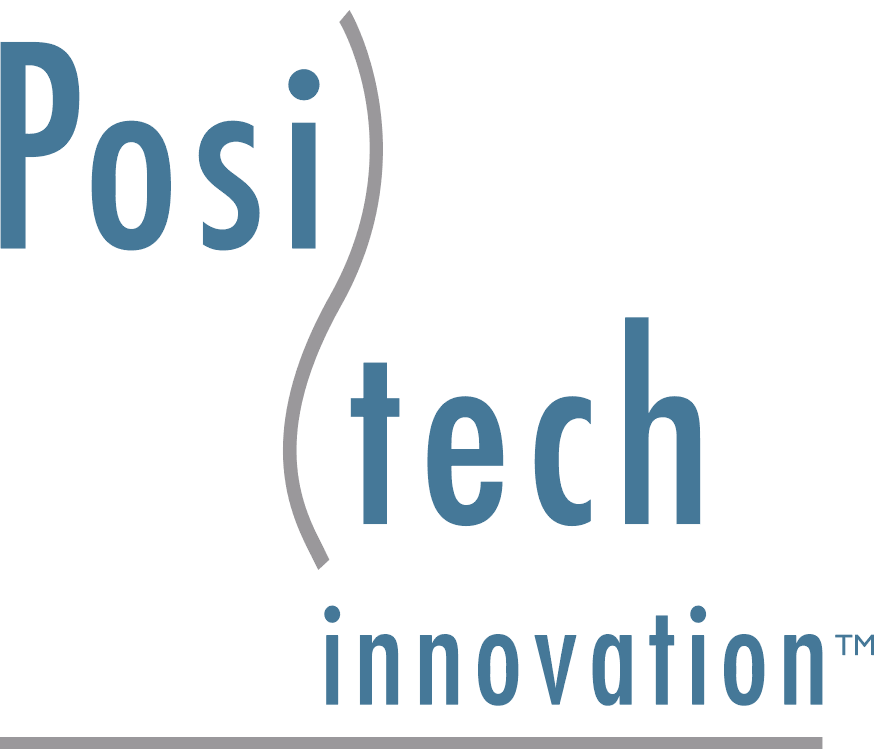Au-delà de la posture : comment les aides techniques influencent la participation sociale
Un utilisateur ayant les aides techniques adéquat et bien positionné est mieux outillé pour interagir, apprendre, communiquer et se déplacer dans ses environnements de vie.
Voici quelques exemple cliniques qui illustre ce lien direct:
Un enfant ayant une paralysie cérébrale qui grâce à un dossier adapté à sa condition peut maintenant utiliser une tablette à l'école sans douleur.
Un usager vivant avec une lésion médullaire qui grâce à une base pelvienne stable retrouve l'autonomie pour faire ses transferts seul.
Un ainé en CHSLD qui a un coussin de sièges et un dossier adéquat participe de nouveau aux repas et aux activités en salle commune.
Moins d'efforts posturaux, plus d'énergie cognitive
L'un des effets sous-estimés d'un positionnement inadéquat est la charge cognitive compensatoire. Maintenir une posture instable demande un effort constant au niveau du tronc, des bras, du cou, ce qui limite l'attention, l'intéraction et la communication.
Des ajustements simples (support latéral, inclinaison, prévention du glissement) peuvent améliorer la capacité de concentration, la tolérance à l'effort et l'engagement dans les activités, car l'usager à une posture optimal. La gamme de produits Positech Innovation a été créée dans l'optique d'améliorer l'autonomie des personnes en fauteuil roulant avec des aides techniques adéquates.
Lorsqu'un ergothérapeute ou un technicien évalue un patient, il évalue au-delà du positionnement biomécanique et prend en considération le contexte social de la personne afin que celui-ci puisse participer à la vie active.
Chez Positech Innovation Inc, nous croyons que la posture n'est pas seulement une affaire d'angles, de coussins ou de dossiers. Elle est le point de départ vers l'autonomie, l'indépendance et l'inclusion pour les usagers en fauteuil roulant. Toutes les solutions posturales de Positech sont conçues pour s'adapter aux différents environnements réels des utilisateurs.
Notre priorité, votre confort.

